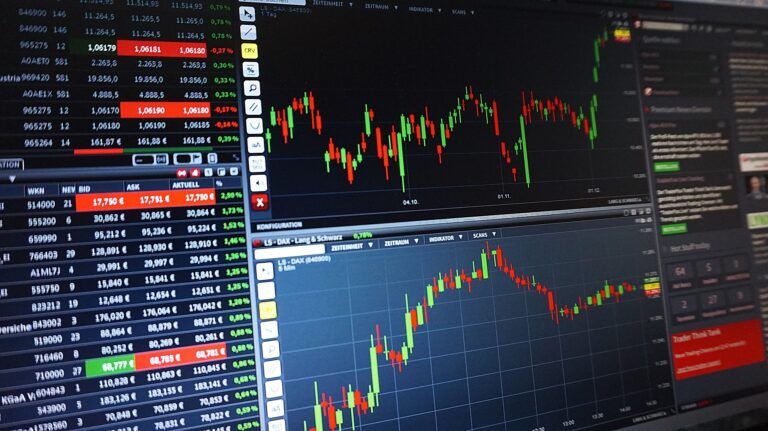MakerDAO is set to launch multi-collateral Dai today, and the move is going to bring in quite a few changes Ethereum users need to be aware of to keep up with what’s going on.
According to a blog post published by MakerDAO, the release of multi-collateral Dai is going to bring in various new features, terminology changes, and some new potential to the decentralized finance (DeFi) space.
It’s important to start off with the new terminology. Dai’s collateralized debt positions (CDPs) are now going to be named “Vaults,” while current Dai is going to be renamed to Sai (Single-Collateral Dai). Multi-Collateral generated Dai will be known as Dai.
How to Upgrade Sai to Dai
MakerDAO is providing users a Migration app that’ll allow them to convert their Sai to Dai using their Ethereum wallets. Users are advised to migrate as soon as possible as when the cryptocurrency community deems Sai isn’t manageable anymore an Emergency Shutdown will be triggered.
Users that keep their funds on cryptocurrency exchanges will likely have to do nothing, assuming their trading platform supports the move. Some of the exchanges that supports Multi-Collateral Dai include Coinbase, Bitfinex, Crypto.com, Kraken, and Bittrex.
Multi-Collateral Dai’s Advantages
Holders of MarkerDAO’s MKR token have approved Multi-Collateral Dai and this essentially means any tokenized asset can be made available as collateral for Dai. MKR voters have selected seven cryptocurrencies to evaluate initially, including Brave’s Basic Attention Token (BAT), 0x (ZRX), OmiseGo (OMG), and Augur (REP).
The current Single-Collateral Dai system sees stability fees be paid in MKR, while the new system will see Vault owners pay for their stability fees in the stablecoin. Dai itself will differentiate itself from other stablecoins by providing holders with the potential to earn interest.
This through the Dai Savings Rate (DSR), a feature that’s going to be “accessible to anyone who holds Dai,” that will have almost no liquidity impediments, and will “from a counterparty risk perspective, be no riskier than simply holding Dai.” MakerDAO’s blog post adds it will even help maintain Dai’s peg to the U.S. dollar:
[The DSR will] Be sourced from the Stability Fees paid by Maker Vault owners; therefore, it will act as another mechanism to help balance the entire system.
The DSR is going to be a smart contract in the Maker Protocol, which means decentralized applications will be able to use it.









